Just choose one of these sites to drop down the information,
to Know more about Jordan Historical Sites to define which paradise you want to visit.
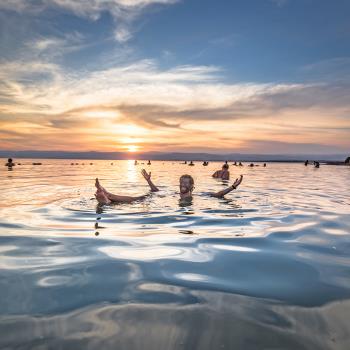

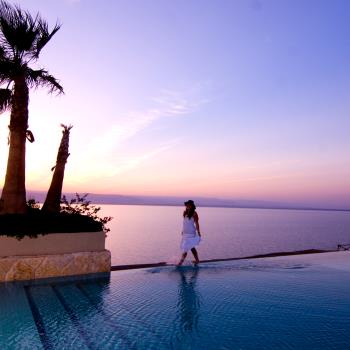

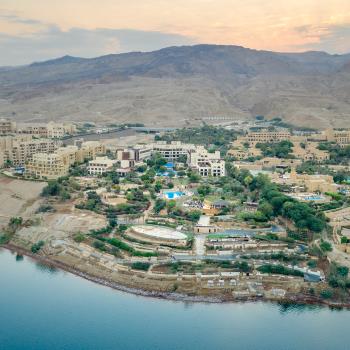
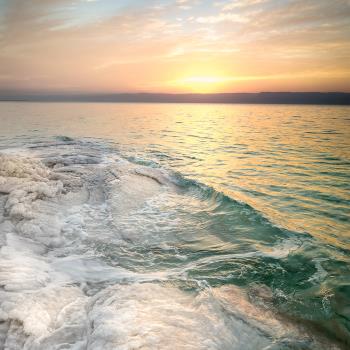
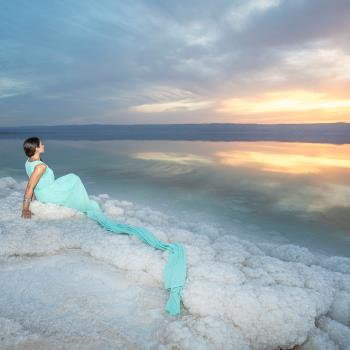

Dead Sea
At over 400m below sea level, the Dead Sea is the lowest point on the Earth’s surface. The name “Dead Sea” came from the Greek traveller Pausanias because the water composition allows nothing to live. The salt content, around 29%, is almost ten times greater than that of the Earth’s oceans. At night you can see the lights of Jerusalem, Bethlehem and Jericho from the Dead Sea shores.
A swim in the Dead Sea is a unique experience. It is virtually impossible to sink in the buoyant waters – hence all the well-known pictures of visitors reading the morning paper while bobbing along the surface. The salts and rich black mud of the Dead Sea have been considered therapeutic since ancient times and are still marketed throughout the world. It’s a very long-standing trade; bitumen mined from the Sea by the Nabateans was exported to Egypt for use in the embalming process. The many luxurious Spas on the shore of the Sea feature Dead Sea mud and salt treatments in addition to more familiar spa offerings. (Check our health and wellness page).
The Dead Sea has a historical legacy as rich as its mineral content. Jordan tourist guides have long designated a particularly striking rock pillar as “Lot’s Wife,” and the monastic pilgrimage church of Lot’s Cave is a shrine which attracts many visitors. Near its waters were the Biblical cities of Sodom, Gomorrah, Admah, Zeboiim and Zoar. To visit the Dead Sea, you need to hurry–the sea is evaporating at approximately 1m per year. The Jordan River, the Dead Sea’s primary water source, is now largely diverted for agricultural uses along the Jordan Valley. Growing population and water-consumption pressures have also led to dams and diversions along many of the spring-fed wadis along the coast. In 2005 Jordan went into partnership with Israel and Palestine to begin studies into a way of saving it. The scheme calls for 870 million cubic meters of fresh water per year. Environmental groups, however, are concerned with the effect this will have on the surrounding ecosystem. A plan to dredge a channel from the Red Sea to the Dead Sea to import a new supply of nourishment for the shrinking inland body is likely to gain the go-ahead as the most feasible of many proposals. No doubt this will impact the Dead Sea…..but at least there would still be the Dead Sea…..




























